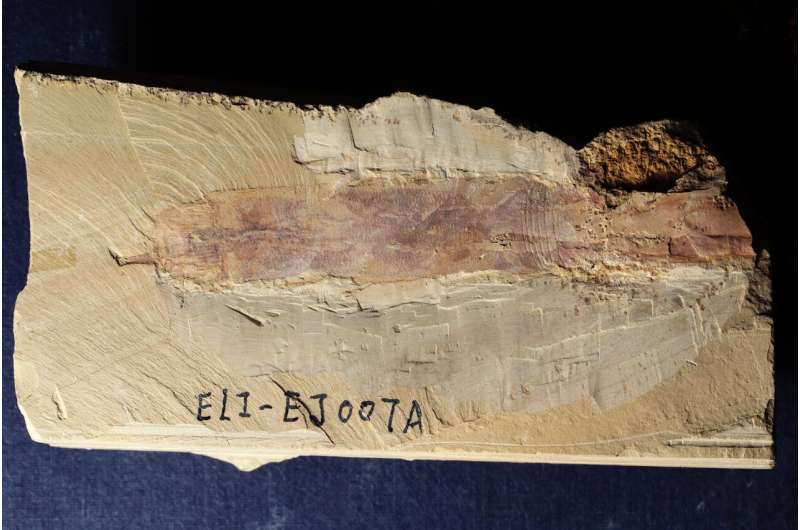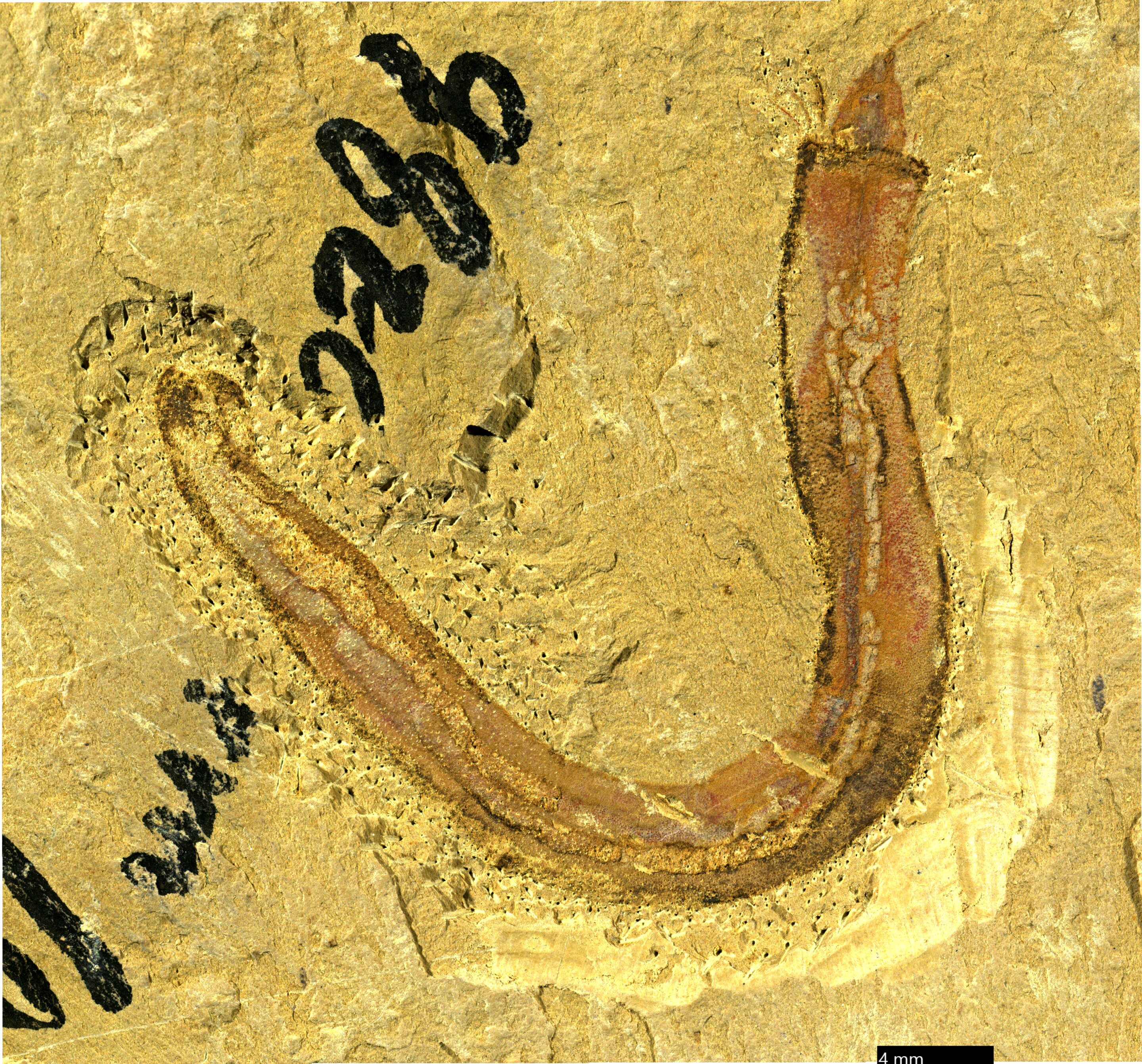The principal animal lineages diverged in the Cambrian period, but most diversity at lower taxonomic ranks arose more gradually over the subsequent 500 million years. Annelid worms, or segmented worms, seem to exemplify this pattern, based on molecular analyses and the fossil record. However, 15 new specimens of the annelid worm Iotuba chengjiangensis challenge this picture.

Iotuba chengjiangensis. Image credit: Zhang et al., doi: 10.1098/rspb.2022.2014.
Iotuba chengjiangensis is a species of annelid worm that lived during the Cambrian period, some 515 million years ago.
The fossilized remains of this worm, also known as Eophoronis chengjiangensis, came from the Early Cambrian Chengjiang Lagerstätte in China.
The specimens included evidence of the worms’ guts and kidneys and revealed they had an unexpectedly complex structure similar to that of other annelid worms.

This means that annelids diversified into different lineages some 200 million years earlier than previously thought and were part of the evolutionary leap known as the Cambrian explosion.
“We know that the main animal lines we see today emerged during the Cambrian explosion, but we always thought annelid worms were late to the party, and their major subgroups didn’t begin to diversify until nearly 200 million years later,” said Dr. Martin Smith, a paleontologist at Durham University.
“But the amazingly preserved fossils we have studied and the structure of these amazing little creatures challenge this picture, and show that annelid worms — including Iotuba chengjiangensis — seemed to follow the pattern of events initiated by the Cambrian explosion.”
“Detailed fossils of this type of worm are extremely rare, so it was great to be able to study the fossilized record of this tiny animal in such detail.”
“It turns out they weren’t late to the party at all, they were just hiding in a side room.”

Life reconstruction of Iotuba chengjiangensis, showing front of body with everted head (with branchial filaments and mouth) surrounded by cage of spines (chaetae). Image credit: ZhiFei Zhang.
Iotuba chengjiangensis was able to move its head in and out of a cage made of bristly spines.
This makes the species a close relative of families of annelids such as Flabelligeridae and Acrocirridae.
“These families are like the top rungs on an evolutionary ladder,” Dr. Smith said.
“For these groups to have appeared so early in the day, there must have been a dramatic unseen origin of modern annelid diversity in the heat of the Cambrian explosion.”

“It turns out that many of the annelids we know and love today may have begun to evolve much sooner than we think.”
“Annelids are one of the largest and most successful phyla of animals that are flourishing in both terrestrial and marine ecosystems with the most diversified living lineage, Polychaeta, living in the sea,” said Dr. ZhiFei Zhang, a paleontologist at Northwest University.
“The most well-known are, for example, earth worms, leeches and clam worms. There are also at least 20,000 species and 80 families of Polychaete in the modern sea.”

“However, their earliest geological records of fossils in Cambrian deposits, even in the well-known Konservat-Lagerstätten are quite rare.”
“Is this because the delicate worms didn’t exist, or simply didn’t preserve? Our research gives the first insightful answer: biodiversification of the segmented worms occurs much earlier than thought before.”
Source: sci.news








